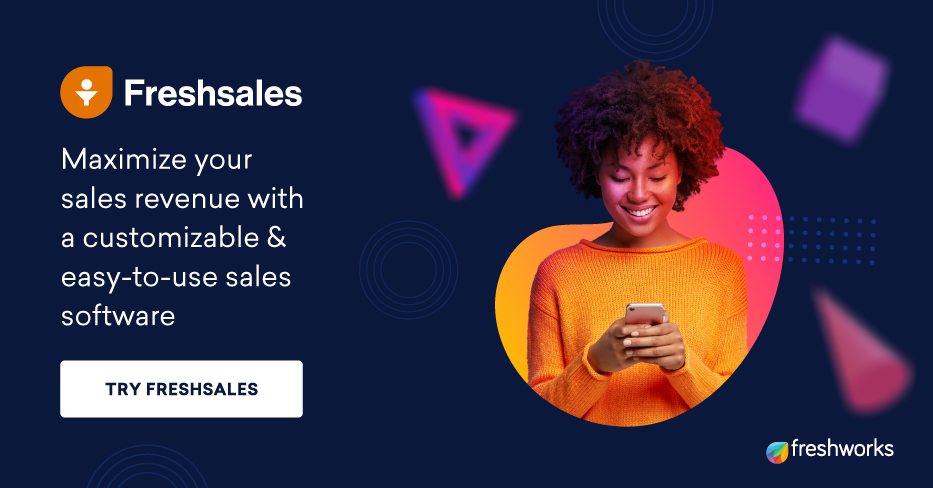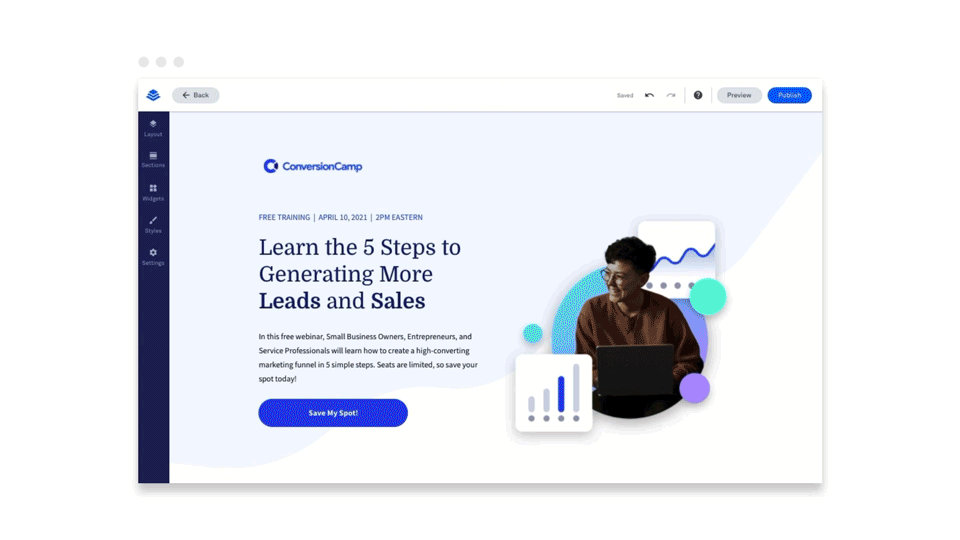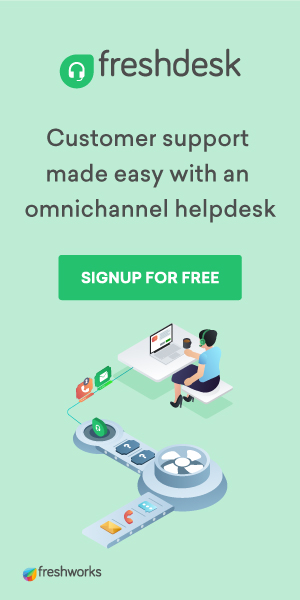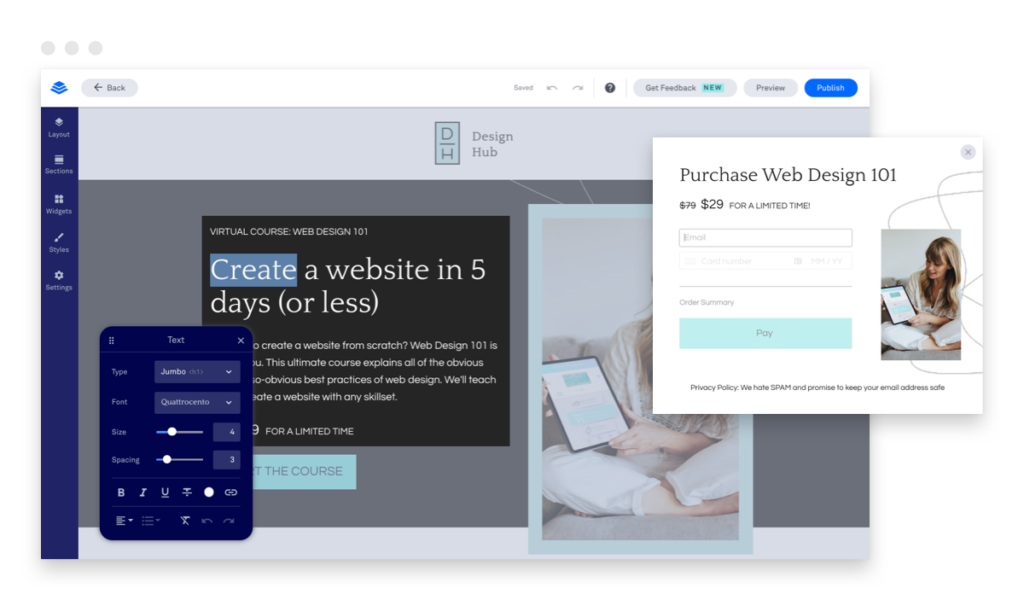How properly do you suppose your company makes use of information? If your reply is wherever on a line from a lukewarm “fairly well” to an assured “we’re smashing it” – you’re really doing higher than most.
It appears counterintuitive that information analytics adoption must be such a battle within the fashionable office. Our tradition is more and more infused with conversations about Big Data, algorithms, and AI. The reality is that most individuals on the road are acquainted with these phrases, or on the very least have heard them.
Yet analysis exhibits that this cultural acceptance of the significance of those applied sciences doesn’t translate throughout into folks’s day-to-working lives. In reality, the Harvard Business Review discovered that fewer and fewer companies yearly describe themselves as “data-driven”.
This exhibits us that it’s not sufficient merely to depend on your folks to be naturally inclined in direction of adopting information and analytics. So, when you do need to unite your company round a robust tradition of data-driven determination making, you want to be deliberate about creating that tradition.
Why Do You Need a Data-First Culture?
When everybody on the group has their head down engaged on their deliverables, it’s straightforward to get tunnel imaginative and prescient. With a lot coming down the pipeline, you get caught specializing in the following factor, and the following factor – with out taking the time to look again and take into account whether or not the best way you do issues is really the best means.
But in a corporation with a data-first tradition, stopping to mirror is second nature. Data-driven businesses use analytics to discover proof of what works, and what doesn’t. They then use this info to make strategic selections – replicating good observe and throwing themselves at no matter isn’t working.
Simple, in precept. And it’s clearly an efficient method. Recent analysis by Gallup confirmed that corporations who apply their buyer behavioral information outperform their friends by 85% in gross sales development, and by 25% in gross margin.
But, regardless of the large potential advantages that lie in retailer, many organizations battle to get folks on board with information and analytics.
Why Companies Struggle to Make Analytics Stick?
If you’ve ever switched between telephones which have a completely different OS, this dilemma shall be acquainted to you. It feels clunky; every part is in a completely different place. You need to give you the chance to simply get on with utilizing it as a device to get day-to-day issues executed, however till you get used to the brand new OS you would possibly really feel such as you’re preventing with it.
The analytics adoption dilemma finally comes down to a comparable challenge. Challenging, unintuitive UIs put folks off. Having to study a completely new platform places folks off. Programs that work together awkwardly with current instruments put folks off.
Despite the most effective efforts of analytics software program builders to make BI extra accessible, one thing simply isn’t working. Despite big developments supposed to make information extra accessible for everybody, attitudes are nonetheless resistant. Human psychology has thus far gained out towards the potential that a new period of information analytics may have delivered.
That’s why some builders have tried to ship analytics in a new means that feels easy, intuitive, and matches into the consumer’s current workflow with ease: embedded analytics.
What is Embedded Analytics?
Whenever you see that a platform has the built-in, built-in capability to analyze information and generate studies and visualizations, you’re looking at embedded analytics.
Designed to match inside a consumer’s pure workflow, it makes information abundantly accessible in a context that fits the wants of the consumer. When executed proper, not solely does it give customers all the knowledge they want to reply adeptly to altering circumstances, it additionally provides insights that can be utilized for preemptive motion. And as a result of it lives throughout the platforms and programs that customers are already partaking inside their day-to-day, customers are extra seemingly to purchase into utilizing it.
Though this final level appears like a pretty primary consideration to encourage analytics use, don’t underestimate how ease of use can affect consumer adoption. For the most effective outcomes, embedded analytics want to be well-designed and match effortlessly into folks’s workflows. As Sisense’s Ashley Kramer wrote for the Forbes’ Tech Council, “Many of us unknowingly glean insights from data on a daily basis and use them in ways that benefit our lives. Our smartwatches, for example, leverage data to tell us when it’s time to stand up and walk around to meet our personal step goals for the day…Our favorite apps and products have made the process of extracting value from data completely seamless and, in a lot of cases, invisible. The data is so easy to consume because it’s right there when we need it and in the right context.”
The lesson is that customers will undertake analytics when it really works for them: when entry is frictionless and simple, and when the information they’re being proven is obvious and contextually related to no matter they’re engaged on.
Without the fitting analytics interface, creating a data-first tradition shall be an uphill battle. But with well-executed embedded analytics, particular person customers shall be in a position to entry insights in a seamless means that turns into second nature.
Everyone has an analytical streak in them someplace – who doesn’t love to see that tangible proof that their onerous work is paying off? – you simply want to discover the fitting device that your group loves utilizing.
Analytics That Works for Agencies
So, we perceive that persons are extra seemingly to use analytics when it appears like an intuitive a part of their workflow, particularly when time is at a premium and so they want solutions quick. With this in thoughts, you want to look intently at your group’s workflow and take into account whether or not it helps or units again your analytics purpose.
If your tech stack consists of a number of, single-purpose instruments, the potential for determination fatigue is way larger. This will increase additional when every of those instruments has its personal embedded analytics. Having to soar from one platform to seeing resourcing info, to one other to have a look at challenge financials, to yet one more to overview activity time estimates – every soar creates extra ‘friction’ for the end-user. Additionally (and that is necessary) none of this information shall be in a position to work together. In order to convey it collectively, you’ll have to go into yet one more device.
So, the primary large step you may make in direction of constructing that data-first tradition is to unite these completely different streams of labor in a single platform that does all of it. This will simplify your workflow and imply that you’ve one, unified supply of fact to your information. You’ll by no means want to have a look at one other spreadsheet once more in your life (until, after all, you actually need to).
Once you’ve established this, bringing analytics into the image is so simple as embedding them on this one platform. An instance of a platform that does this with ease is Forecast. AvA is Forecast’s superior analytics add-on, and it places strong, completely customized reporting capabilities proper on the coronary heart of your workspace. As Forecast provides you all the facility you want to plan your tasks, monitor related financials, combine with your current CRM system, and handle your sources, all the information is correct there and prepared to go.
AvA from Forecast places insights proper at your fingertips. Learn more.
At the tip of the day, information has no real-world worth by itself. It solely turns into worthwhile while you analyze it and use the insights to make sensible selections. If your group isn’t partaking with analytics, you gained’t see worth from it. It’s properly value making the funding to create a data-first tradition and to convey analytics to folks in a contextualized, accessible means. Once it’s there, you’ll discover the distinction in the best way your company operates – and the distinction in your backside line.


















